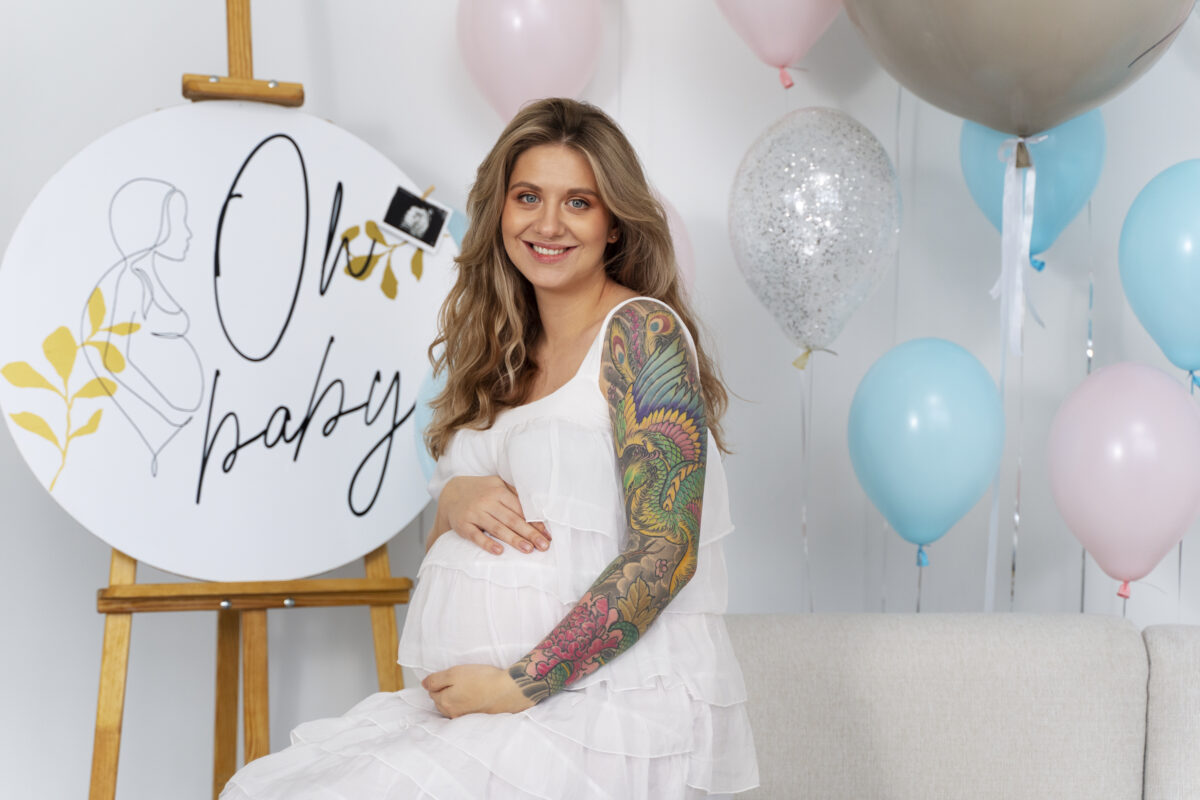In the fascinating field of reproductive medicine, artificial insemination (AI) and in vitro fertilization (IVF) have revolutionized the way couples and individuals can face fertility challenges.
Not only have these advanced methods provided new hope to those struggling to conceive, but they have also evolved significantly from their earliest days to become safe and effective options today.
Each of these treatments has its own specific characteristics and applications, adapting to different medical situations and individual needs.
Artificial Insemination (AI)
Artificial insemination is a procedure in which selected sperm are introduced directly into a woman’s uterus during her fertile phase of the menstrual cycle.
This method seeks to facilitate the meeting of the egg with the sperm inside the woman’s body, thus optimizing the chances of fertilization. It is useful in cases where semen quality is a mild to moderate limiting factor, but the woman has adequate reproductive capacity.
Artificial insemination is usually performed in a woman’s natural cycles or with the help of medications that stimulate ovulation, but it does not involve the direct manipulation of eggs outside the body.
In Vitro Fertilization (IVF)
In vitro fertilization involves fertilizing eggs outside of the woman’s body, in a controlled laboratory setting.
During this procedure, eggs are removed from the woman’s ovaries using a minor surgical procedure called follicular puncture. The eggs are then combined in the laboratory with previously selected and prepared sperm.
Once fertilization is achieved, one or more resulting embryos are transferred to the woman’s uterus for implantation and development. IVF is suitable for more complex cases of infertility, such as tubal blockages, severe endometriosis, severe sperm quality problems, or previous failures of artificial insemination treatments.
Main differences

- Fertilization site: In artificial insemination, fertilization occurs inside the woman’s body, while in IVF, fertilization takes place in a laboratory outside the body.
- Medical indications: Artificial insemination is mainly used when the cause of infertility is related to semen or to improve the chances of conception in cases of regular menstrual cycles. Instead, IVF is considered when there are more complex issues that prevent natural fertilization within the woman’s body.
- Nature of the procedure: Artificial insemination is less invasive and generally less expensive than IVF, as it does not involve the retrieval and manipulation of eggs outside the body.
These fundamental differences in procedures determine when each is recommended and what kind of results can be expected based on each patient’s medical and reproductive situation.
Both artificial insemination and in vitro fertilization are viable and effective options for treating infertility, each with its own advantages and considerations. At Fertivida, we are committed to providing the best possible care to our patients, ensuring a personalized approach that addresses their individual needs. If you are considering any of these treatments, we invite you to schedule a consultation with our specialists to discuss your options and begin your journey to parenthood.





